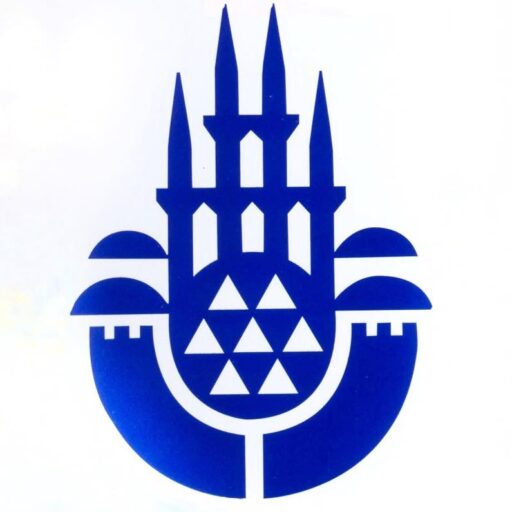Step into the Chora Church in Istanbul, and you’ll find yourself transported to a world of breathtaking beauty and intricate artistry. This Byzantine gem, also known as the Church of the Holy Saviour in Chora, houses some of the most stunning mosaics and frescoes from the medieval period, making it a must-see destination for art enthusiasts and history buffs alike.
As you enter the church, your eyes are immediately drawn to the dazzling array of mosaics adorning the walls and ceilings. These masterpieces, created in the early 14th century, showcase the pinnacle of Byzantine art and craftsmanship. The mosaics depict various scenes from the life of Christ and the Virgin Mary, as well as portraits of saints and angels, all rendered in vibrant colors and exquisite detail.
One of the most striking features of the Chora Church’s mosaics is their use of gold tesserae, tiny pieces of glass with gold leaf sandwiched between them. This technique creates a shimmering effect that seems to bring the images to life, especially when sunlight streams through the windows and illuminates the golden surfaces. It’s no wonder that visitors often find themselves standing in awe, necks craned upwards, as they take in the celestial beauty above.
Moving deeper into the church, you’ll encounter the equally impressive frescoes that adorn the walls of the parekklesion, a side chapel used for funerary services. These frescoes, while not as glittering as the mosaics, are no less captivating. They depict scenes from the Last Judgment and the life of Christ, rendered with a level of detail and emotion that’s truly remarkable for their time.
What sets the Chora Church’s frescoes apart is their innovative use of perspective and shading, techniques that were ahead of their time in the Byzantine world. The artists who created these works pushed the boundaries of traditional Byzantine art, incorporating elements that would later become hallmarks of Renaissance painting. This forward-thinking approach is particularly evident in the fresco of the Anastasis, or Resurrection, where Christ is shown pulling Adam and Eve from their tombs in a dynamic, almost three-dimensional composition.
As you wander through the church, you’ll notice that the mosaics and frescoes work together to create a cohesive narrative, telling the story of Christian salvation from the birth of the Virgin Mary to the Last Judgment. This comprehensive visual program was designed to educate and inspire the faithful, serving as a sort of “Bible for the illiterate” in an age when few could read.
The preservation of these incredible artworks is nothing short of miraculous. Over the centuries, the Chora Church has survived earthquakes, political upheavals, and even periods of neglect. When the building was converted into a mosque in the 16th century, many of the mosaics and frescoes were plastered over, inadvertently protecting them from damage. It wasn’t until the mid-20th century that these hidden treasures were uncovered and restored to their former glory.
Today, the Chora Church stands as a testament to the enduring power of art and faith. Its mosaics and frescoes continue to captivate visitors from around the world, offering a glimpse into the rich cultural heritage of Byzantine Constantinople. Whether you’re an art lover, a history enthusiast, or simply someone who appreciates beauty, the Chora Church is sure to leave a lasting impression. As you exit the building, you’ll likely find yourself reflecting on the skill and devotion of the artists who created these masterpieces, and the enduring legacy they’ve left for future generations to admire.
The Chora Church, also known as the Church of the Holy Saviour in Chora, stands as a remarkable testament to Byzantine art and architecture. Located in Istanbul, Turkey, it showcases some of the finest examples of Byzantine mosaics and frescoes, dating back to the 14th century. Despite its conversion to a mosque and later a museum, the Chora Church has preserved its artistic treasures, offering visitors a glimpse into the rich cultural and religious history of Constantinople. Its intricate decorations and complex theological themes continue to captivate scholars and art enthusiasts alike, cementing its status as a significant historical and artistic landmark in the world of Byzantine studies.

